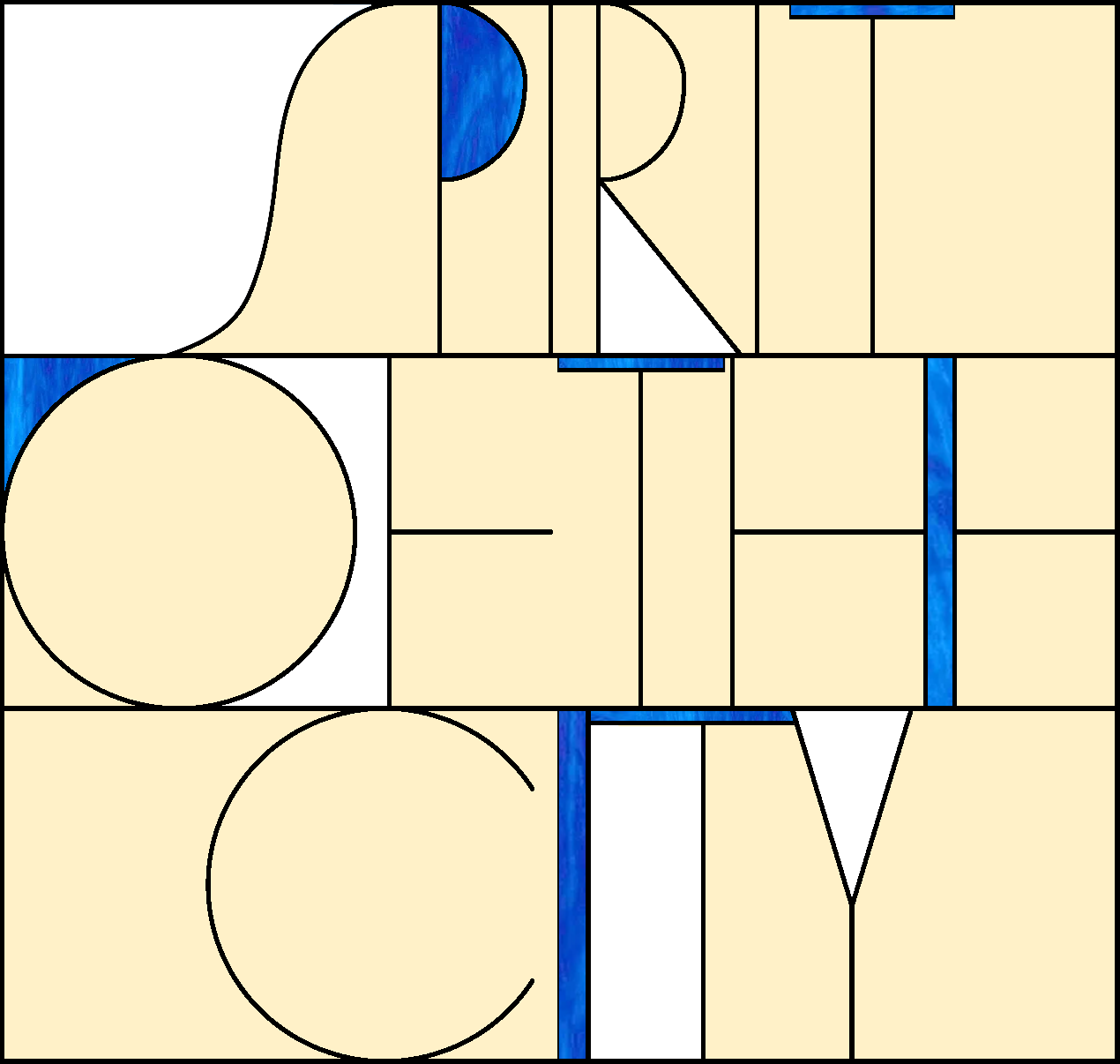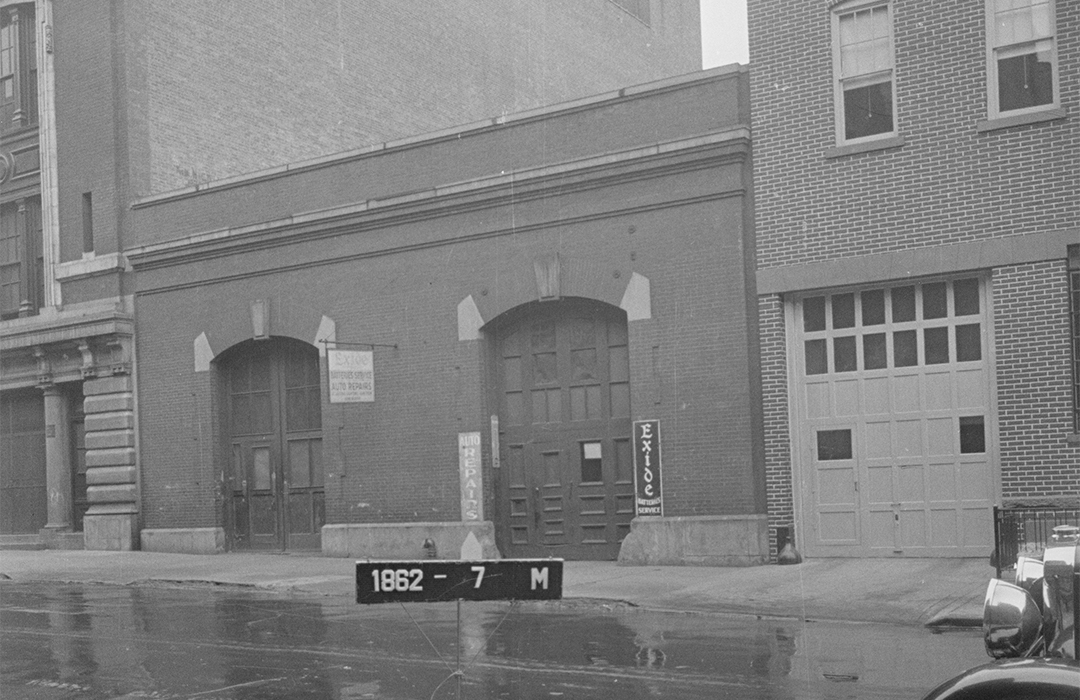
New York Edison Co. Substation (Kingdom Hall)
167-169 West 107th Street
by Tom Miller
In September 1904, The New York Electrical Handbook reported that the New York Edison Company was erecting two new sub-stations, “one at 44-46 West 27th street, another at 167-169 West 107th street.” The addition of generating and sub-stations added to the firm’s system “for the supply of electric current [that] covers practically the entire Island of Manhattan.”
By the 1920s, the substation was closed and its massive machinery removed.
Described as a “one-story frame shed,” the little building on West 107th Street was insufficient within a few years. In June 1910, architect William Weissenberger filed plans for a replacement structure of brick and stone. It cost the New York Edison Company $15,000 to construct—about $496,000 in 2024 terms. Weissenberger’s utilitarian, one-story building looked much like a stable or garage. Two yawning bays were the distinguishing features of the otherwise windowless façade. They were enhanced by stone corner blocks and keystones. A stone cornice ran below a plain parapet.
By the 1920s, the substation was closed and its massive machinery removed. The building was now used as an automobile repair garage. At least one employee, 23-year-old Joseph Kane, had other pursuits than fixing cars. He was a member of the Pearl Button gang.
Working on a tip from a secret informer, police learned that the Pearl Button gang “was scheming to reopen a feud against a rival gang,” reported the New York Evening Post on September 30, 1925. Detectives raided the second floor of a restaurant on Second Avenue near 128th Street where, according to The New York Sun, “they found twenty-five young men congregated.” The men were lined up against the wall and searched. Three were arrested, including Joseph Kane. One of them carried a .32 caliber automatic pistol, another a .38 caliber revolver and a razor, and Kane had a “razor and dirk.” (A dirk is a short dagger.) Detectives told reporters, “The three suspects were out to ‘get’ a man named ‘Abbey,’ a member of a rival gang.”
One of them carried a .32 caliber automatic pistol, another a .38 caliber revolver and a razor…
The Exide Garage operated from the building at least through the 1940s. By the early 1960s a garage shared the structure with a small manufacturing firm. Then in 1986 the building was converted to a Kingdom Hall of Jehovah’s Witnesses. An office space on what had been the mezzanine level was converted to an apartment and a window carved into the façade. Other than pairs of modern doors, the great bays were filled in. Today the red brick is painted beige and the entrance surrounds are painted white. The exterior of the little industrial building is otherwise little changed since it supplied electricity to homes and businesses in the district.
Tom Miller is a social historian and blogger at daytoninmanhattan.blogspot.com
Building Database
Be a part of history!
Stay local to support the nonprofit currently at 167-169 West 107th Street:


